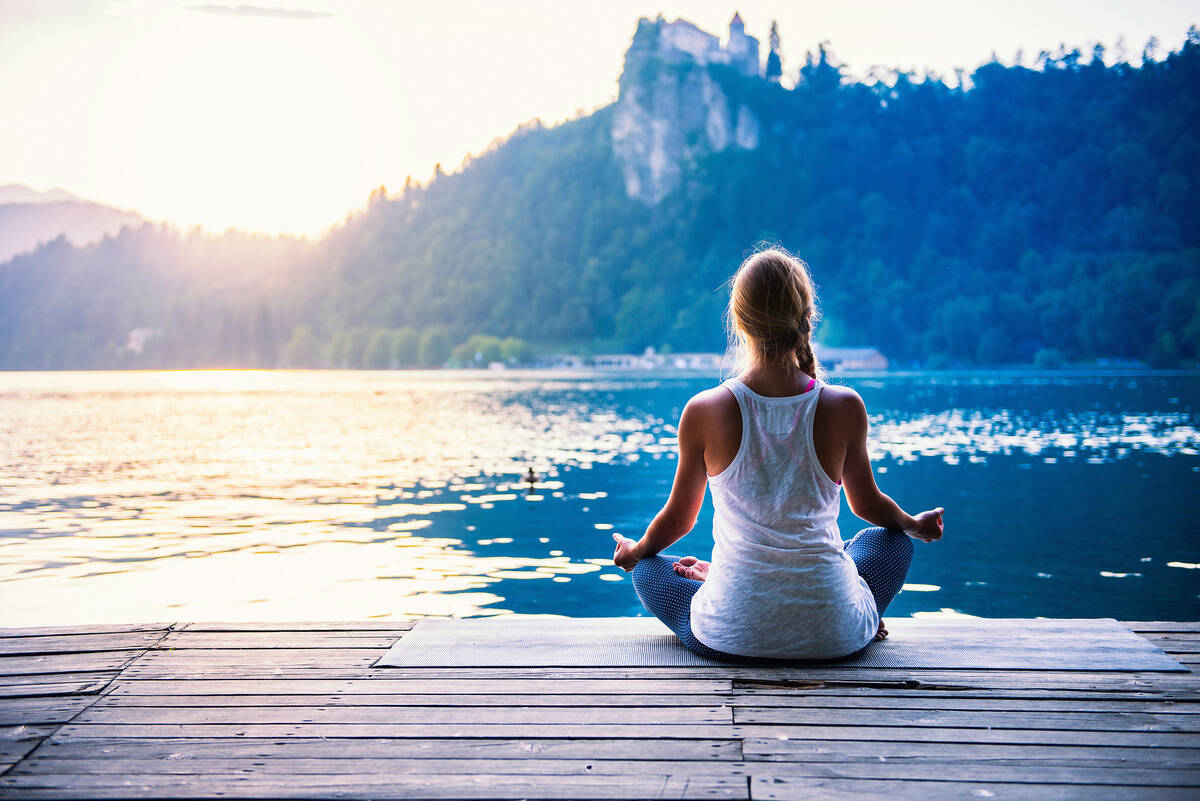What is anxiety?
Anxiety is often regarded as a negative experience, however it is just our body’s natural response to stress. It’s a feeling of fear or apprehension about what’s to come. This is the body’s sympathetic nervous system doing its job, prompting our brain to prepare itself for ‘fight or flight’ mode. Here, the brain floods our central nervous system with adrenaline and cortisol hormones, a response to a perception of an occurrence that threatens our safety.
Our senses sharpen, and our reflexes respond faster. We feel heightened. This is a natural nervous system response, and in normal circumstances, will abate. (In some cases, the anxiety responses do not abate in a regulatory fashion, and the feeling of fear becomes debilitating; in which case, we can seek professional, clinical help for anxiety disorders. In such cases, the amygdala, the part of the brain in the limbic system associated with the fight or flight response, grows excessively hypersensitive – and its response becomes disordered).















Comments